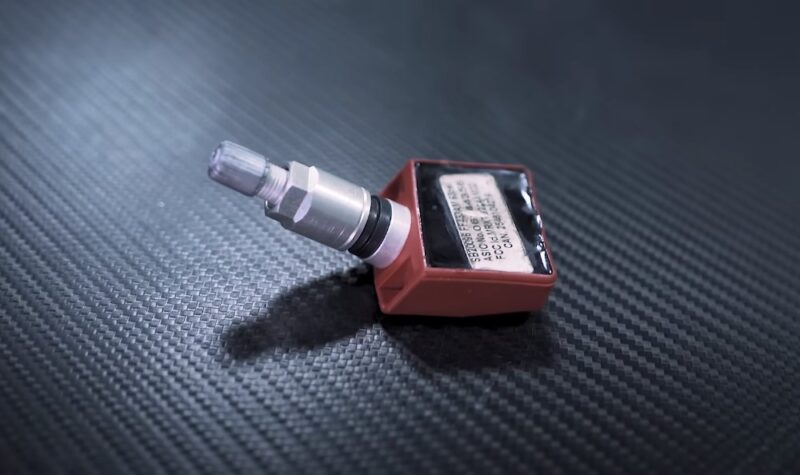Tire pressure sensors are a key component of a vehicle’s tire pressure monitoring system (TPMS). They are designed to alert the driver when tire pressure is too low, which can be a serious safety hazard.
These sensors play a vital role in ensuring your vehicle’s tires are at the optimal pressure, enhancing safety, efficiency, and overall performance. However, when these sensors malfunction, indicated by a tire pressure sensor fault, it can lead to a range of issues.
Common Faults and What is Causing Them?
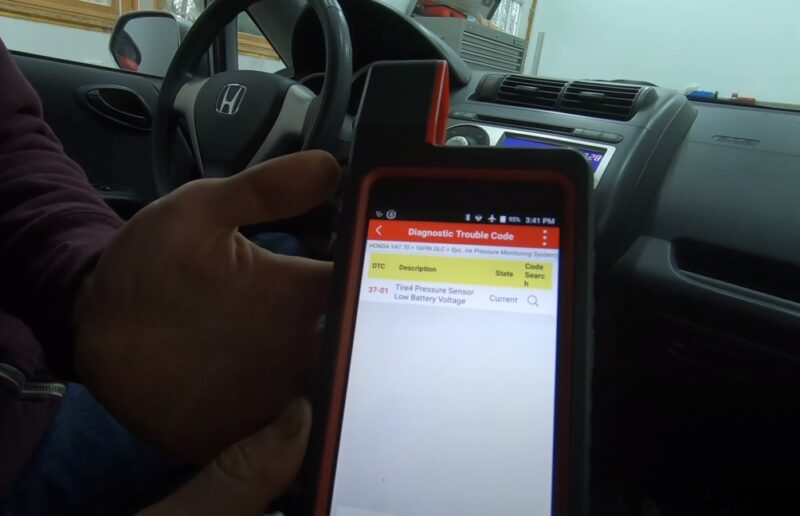
Various factors can lead to a tire pressure sensor fault, and identifying these can be the key to quick and effective resolution.
Battery Issues
One of the most common causes of tire pressure sensor failure is related to battery issues. These sensors, especially the direct type, are powered by batteries that have a finite lifespan.
Battery Life
- Finite Lifespan: The batteries in tire pressure sensors typically last between 5 to 10 years, depending on usage and environmental factors. As the battery weakens, the sensor’s ability to transmit accurate data diminishes.
- Symptoms of Battery Failure: A clear indication of battery problems is when the TPMS warning light illuminates intermittently or stays on, despite the tires being properly inflated.
Battery Replacement Challenges
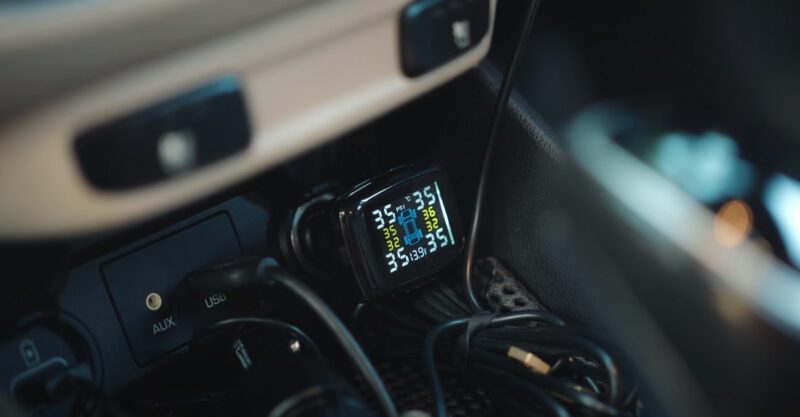
- Integrated Design: In many direct TPMS sensors, the battery is integrated into the sensor unit, meaning the entire sensor must be replaced when the battery dies.
- Cost Considerations: Replacing a tire pressure sensor can be relatively costly, especially if all sensors need replacement around the same time.
Physical Damage
Tire pressure sensors, particularly the direct type, are susceptible to physical damage due to their location within the tire assembly.
Impact and Environmental Factors
- Vulnerability to Impact: Hitting a curb, pothole, or debris can damage the sensor. Extreme temperatures and exposure to road chemicals can also affect its functionality.
- Regular Wear and Tear: Over time, sensors can suffer from general wear and tear, impacting their accuracy and reliability.
Damage during Tire Services
- Handling during Tire Changes: Incorrect handling during tire services like rotation, replacement, or balancing can lead to sensor damage.
- Importance of Professional Service: It’s crucial to have tire services performed by professionals who are aware of the presence and importance of these sensors.
How To Fix These Issues?
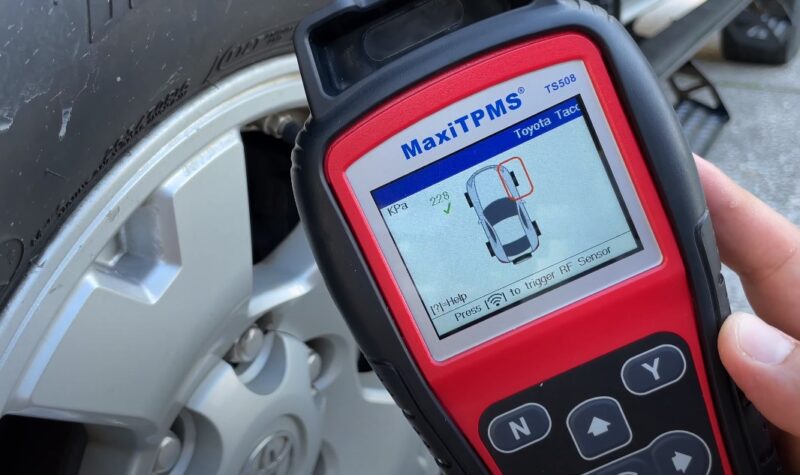
When a tire pressure sensor fault occurs, it can be more than just a minor inconvenience. It can affect the safety and efficiency of your vehicle. Fortunately, there are several methods to address and fix these faults.
Resetting the Sensor
Sometimes, resolving a tire pressure sensor fault can be as simple as resetting the system. This can recalibrate the sensors and clear any minor glitches.
Manual Reset Procedure
- Follow the Owner’s Manual: Most vehicles have a specific procedure for resetting the TPMS, which can often be found in the owner’s manual.
- Typical Steps: The process may involve navigating the vehicle’s onboard menus, pressing specific buttons, or driving the vehicle for a certain distance or speed to recalibrate the sensors.
Professional Assistance
- Diagnostic Tools: If the manual reset does not work, a professional mechanic can use specialized diagnostic tools to reset and recalibrate the TPMS.
- Complex Systems: Some newer or luxury vehicles have more complex TPMS that might require specific procedures or tools for a successful reset.
Replacing the Sensor
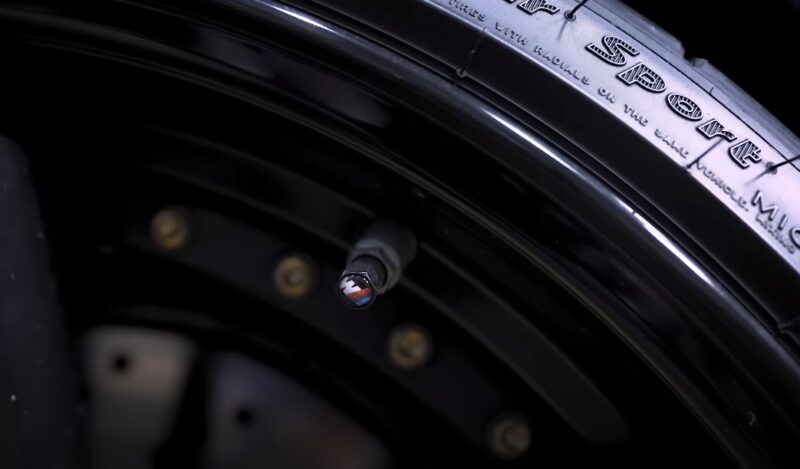
If the sensor is damaged or its battery is depleted beyond repair, replacement is often the only solution.
DIY Approach
- For the Mechanically Inclined: Replacing a tire pressure sensor can be a DIY task for those with some mechanical skills and the right tools. However, the process varies significantly between different vehicle models and types of sensors.
- Caution and Preparation: It’s important to purchase the correct replacement sensor and to follow specific instructions for your vehicle model. Mistakes in this process can lead to further issues or damage.
Professional Replacement
- Accuracy and Calibration: A professional mechanic will not only replace the sensor but also ensure that it is properly calibrated with your vehicle’s TPMS.
- Warranty and Reliability: Professional installation often comes with a warranty and the assurance that the sensor is installed correctly, reducing the likelihood of future issues.
Function and Importance of Pressure Sensors
The primary function of tire pressure sensors is to monitor the air pressure within the tires and relay this information to the driver, usually via the vehicle’s dashboard. This real-time monitoring is crucial for several reasons:
- Safety: Proper tire inflation is essential for safe driving. Underinflated tires can lead to reduced handling and control, increasing the risk of accidents, especially in challenging driving conditions.
- Performance: Tires at the correct pressure level contribute to optimal vehicle performance. This includes better handling and stability, ensuring a smoother and more controlled driving experience.
- Economy: Correctly inflated tires are also key to fuel efficiency. Underinflated tires increase rolling resistance, which means the engine has to work harder, consuming more fuel.
- Tire Longevity: Consistent and correct tire pressure helps in even tire wear, thereby extending the life of the tires.
Types of Tire Pressure Sensors
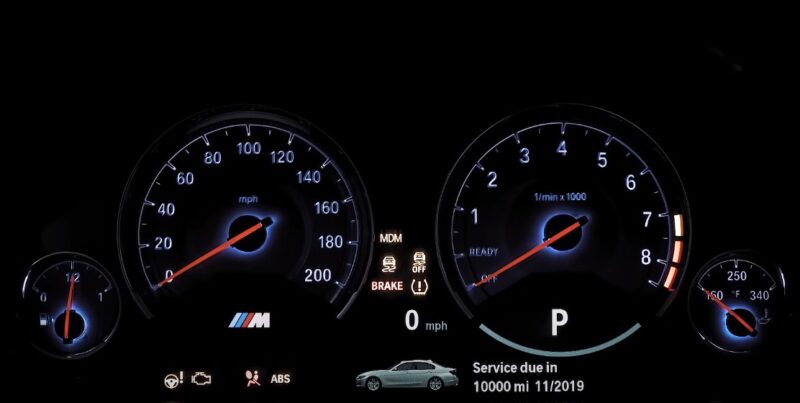
Tire pressure sensors generally fall into two categories: direct and indirect. Each type has its unique mode of operation, advantages, and limitations.
Direct Tire Pressure Sensors
Direct tire pressure sensors are installed inside the tire assembly. They provide accurate and real-time data on the exact pressure in each tire. Here’s how they stand out:
- Accuracy: These sensors measure the pressure directly from inside the tire, offering precise readings.
- Individual Tire Monitoring: They can pinpoint exactly which tire is underinflated, allowing for targeted maintenance.
However, direct sensors are typically more expensive than their indirect counterparts, both in terms of initial installation and maintenance. They require battery replacements and can be more sensitive to physical damage.
Indirect Tire Pressure Sensors
Indirect tire pressure sensors, in contrast, work with the vehicle’s anti-lock braking system (ABS). They detect tire pressure by analyzing variations in wheel rotation speeds, an indirect measure of tire inflation.
- Cost-Effectiveness: These sensors are generally less expensive to install and maintain.
- Less Maintenance: Without the need for internal batteries, indirect sensors often have a longer lifespan.
The downside is a lack of precision compared to direct sensors. They might not be able to identify which specific tire is affected and can sometimes give false readings due to their reliance on wheel speed data.
FAQs
Can you drive with a tire pressure sensor fault?
Yes, you can drive with a tire pressure sensor fault, but it’s not advisable for long-term. While the fault doesn’t directly impact the physical functionality of your tires, it does mean that you won’t be alerted if your tire pressure is dangerously low or high, which can lead to safety issues. It’s best to get the sensor checked and fixed as soon as possible.
Why is the pressure sensor on but tires are fine?
If your tire pressure sensor is on but the tires appear fine, it could be due to a malfunctioning sensor or a temporary discrepancy in the sensor readings, often caused by changes in temperature or atmospheric pressure. It’s also possible that the sensor is correctly detecting a small pressure issue that isn’t immediately noticeable. Checking the tire pressure manually with a gauge is recommended for accuracy.
Do tire sensors reset on their own?
Tire sensors do not typically reset on their own. If there’s an issue, you might need to manually reset the system following your vehicle’s instructions, or it may require a professional reset using specialized tools.
Is it expensive to fix a tire sensor?
The cost to fix a tire sensor can vary. If the sensor needs a simple reset or re-calibration, the cost is usually low. However, if the sensor needs to be replaced, costs can be higher due to the price of the sensor itself and the labor involved. Prices also vary depending on the vehicle make and model.
Can I test a tire sensor?
Yes, you can test a tire sensor, but the method depends on the type of sensor your vehicle uses. For direct sensors, specialized tools are required to read the sensor’s output. Indirect sensors can be trickier to test as they rely on the ABS system.
Summary
As automotive technology evolves, so does the sophistication of systems like TPMS. Embracing these advancements and understanding their operation can greatly enhance driving safety and vehicle maintenance. Regular maintenance, being attentive to TPMS alerts, and seeking professional help when needed are essential practices for any vehicle owner.
